
Lyme disease is an illness caused by the bacterium Borrelia burgdorferi and can be contracted when ticks infected with it bite the skin. Deer ticks are common carriers of this bacterium.
Symptoms of Lyme Disease
Lyme disease can cause variety of signs and symptoms and not all infected people experience the same symptoms. However, there are several general symptoms of this illness like rash, flu-like symptoms, heart problems, neurological problems and other.
Skin rash around the area of the tick bite is an initial symptom of Lyme disease. This rash is called erythema migrans and at first looks like a red spot that expands over time. The area may be tender and warm. This is accompanied by flu-like symptoms such as fever, chills, fatigue, headache, body aches and stiff neck.
If the disease is left untreated, an infected person may develop inflammation of joints (arthritis) characterized by joint pain and swelling. The knee is most commonly affected but arthritis may shift from one joint to another.
Lyme disease can also lead to meningitis featured by stiff neck and severe headache, facial muscle paralysis (Bell’s palsy), memory loss, mood changes, poor behavior, confusion, anxiety and depression. Some people affected by Lyme disease may develop inflammation of the heart muscle which can lead to abnormal heart rhythm and heart failure.
Treatment for Lyme Disease
If diagnosed early, Lyme disease can be successfully treated with antibiotics. In such case, the patient is given oral antibiotics like doxycycline, amoxicillin or cefuroxime. Intravenous antibiotics are used in case of advanced illness. However, intravenous antibiotics may cause side effects such as diarrhea, lowering white blood cell count and heart problems. For treatment of inflammation and pain in joints anti-inflammatory drugs like ibuprofen can be used.
Prevention of Lyme Disease
Since ticks are mainly found in wooded and grassy areas you should wear long pants and long-sleeved shirts to avoid getting infected with Lyme disease. A shirt should be tucked into pants and pants into socks or shoes. Hat and gloves should be also worn.
It is recommended to keep away from low bushes and long grass. Instead walk in the center of trails. Insect repellents should be applied to clothes, shoes and skin. The repellent containing DEET is recommended although it should not be used on the skin of children and infants.
Check yourself and your pets frequently while walking or hiking through potentially tick-infested areas. After returning home, examine every skin surface on your body, bathe the skin and scalp and wash your cloths.


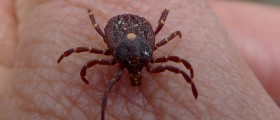
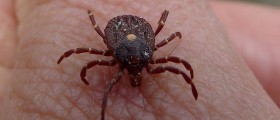

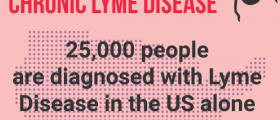
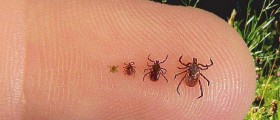
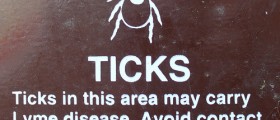




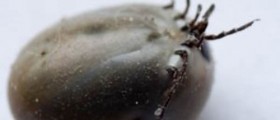


Your thoughts on this
Loading...